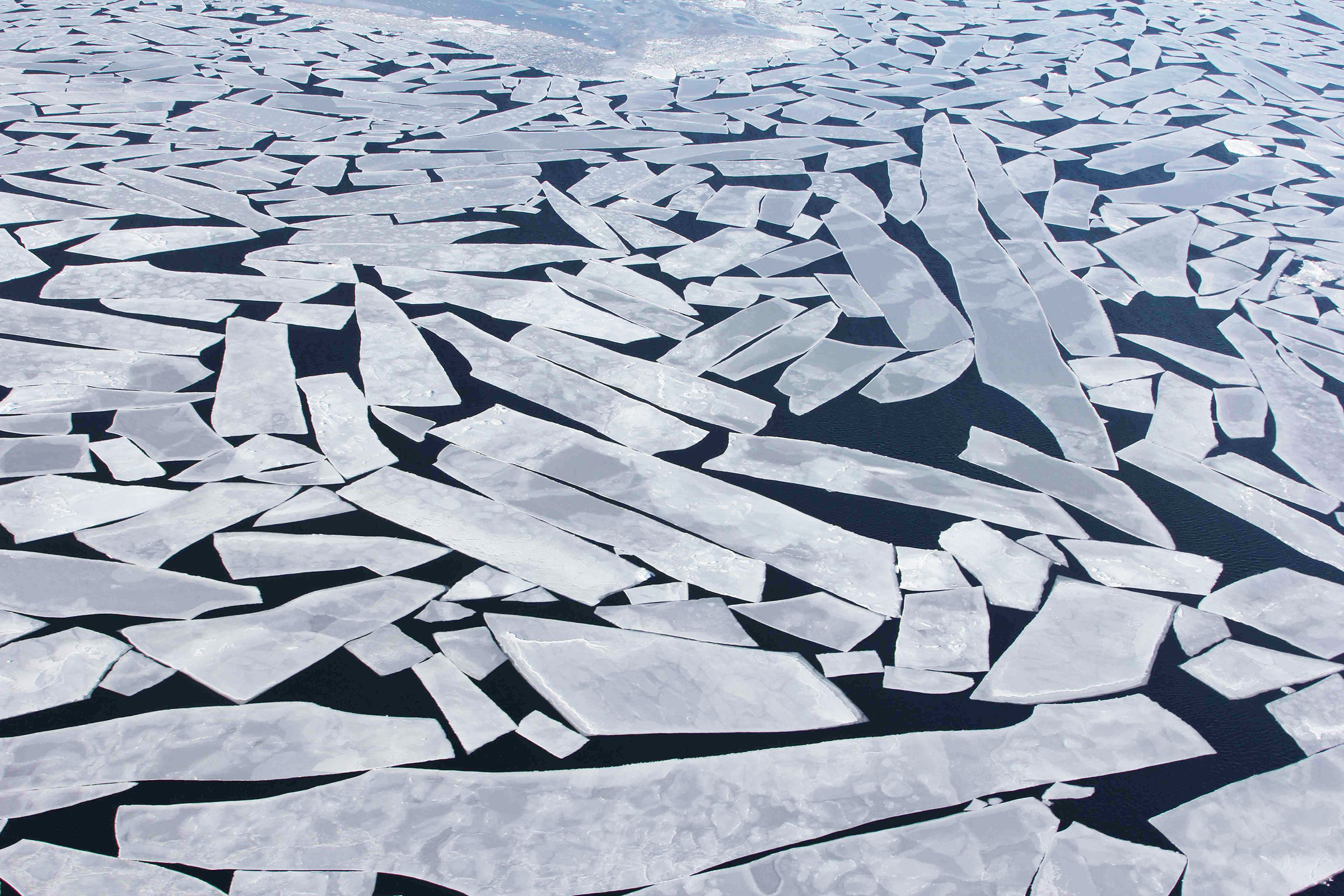Sea ice, primary production and climate change
Despite the general scientific consensus that climate change will have cascading effects on Arctic sea ice cover and ecosystem processes, we lack significant understanding of the temporal and spatial scales of these phenomena. This work quantifies the spatial and temporal trends in sea ice concentration, formation, and break-up and the magnitude and distribution of primary and secondary production in coastal and offshore waters of Greenland. The work is primarily conducted using time-series of remotely sensed satellite observations supplemented with in situ sampling. Observed patterns and trends are examined in light of top predator behavior and demographic success. Some examples include developing circumpolar sea ice metrics for polar bears across their range, or assessing at what temporal and spatial scales sea ice breakup can be linked to focal area use by top predators. Overall this work seeks to understand how changes in sea ice will impact primary and secondary production in coastal Arctic zones and ultimately impact life history of top predators. This work is supported by NASA and ONR.



